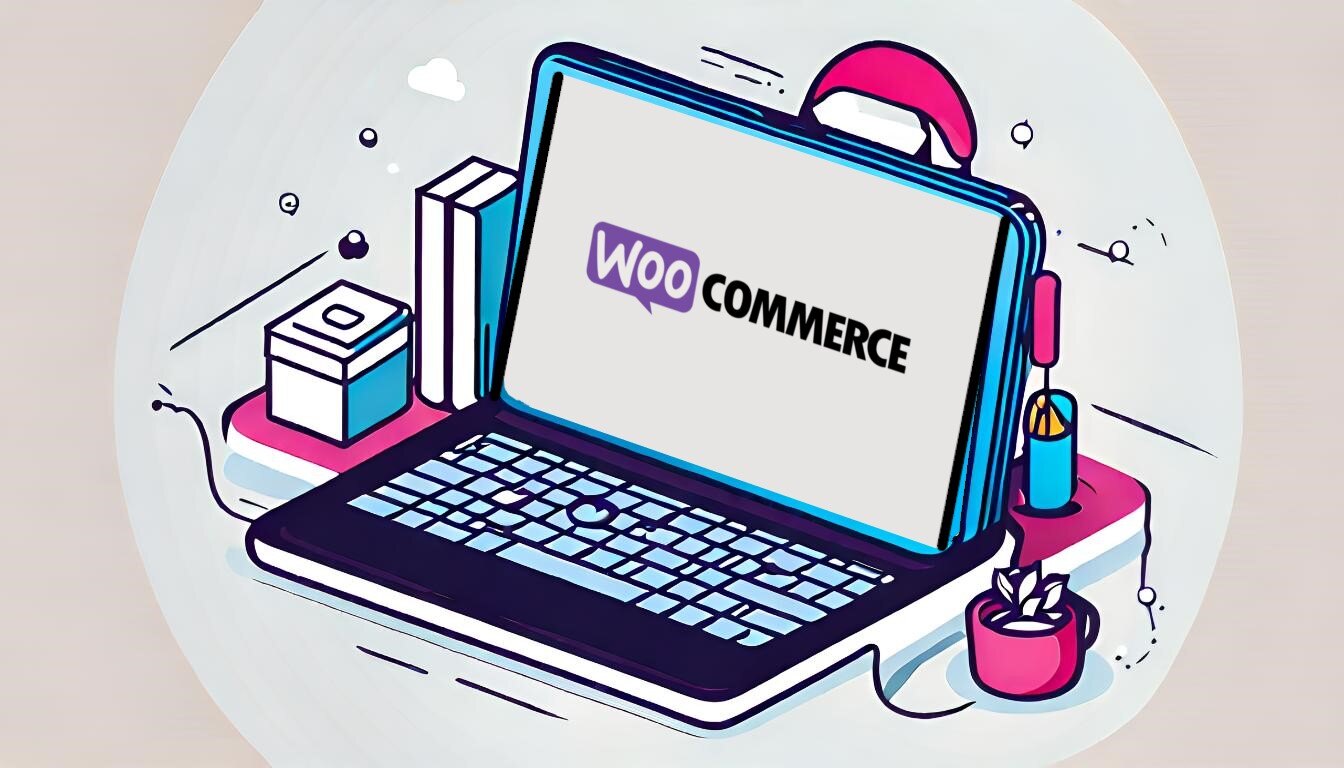Share this
How To Setup Your Ecommerce Store With Subscription Boxes
by Christie McLeod on Sep. 27, 2021

Choosing the right partner can make or break your company’s logistics, customer service, and repeat purchases. Using a fulfillment center like Shipfusion frees you from navigating the fulfillment landscape with zero stress. Below are some insights on how Shipfusion can take your business to the next level.
When you want to start an eCommerce store, the possibilities are basically limitless. Just think about it, you can successfully sell almost any product or service online. One of the options that’s becoming increasingly popular is subscription boxes. And it’s easy to see why customers like them so much when you consider that they can get the products they want or need reliably and more affordably compared to many traditional eCommerce stores.
But how do you set up an eCommerce store with subscription boxes? In this post, we’ll look at them in more detail and show you how you can start selling them to your customers.
What Are Subscription Boxes?
In contrast to a traditional eCommerce business model, you’ll sell products to your customers on a predetermined recurring basis with a subscription box business. So, for instance, your customers can subscribe to your service and receive their favorite products every month. Also, although it’s certainly possible to sell single products in this way, subscriptions are especially popular for multi-product boxes.
Why Would You Want To Offer Subscription Boxes?
Based on how a subscription business model differs from a traditional eCommerce model, there are several benefits of offering subscription boxes to your customers. For them, subscription boxes mean that they’re able to reliably get the products they want in a convenient, personalized, and often, more affordable way.
For you, as a business, selling your products on a subscription model means:
Predictable revenue: When you sell product subscriptions, you’ll earn recurring income. In addition, you’ll know exactly how much money you’ll make every month. Combined, this makes it much easier to budget and plan.
Better cash flow: Typically, as a subscription business, you’ll require payment upfront from your customers. Moreover, you’ll have a great idea of how many orders you’ll need to fulfill ahead of time. This allows you to have cash in hand and buy and keep the right amount of stock all the time. Ultimately, this can greatly improve cash flow.
Better return on investment: Because you’re able to generate recurring revenue, you’ll spend less on marketing compared to a traditional eCommerce model. This means you’ll spend less on getting new customers which, in turn, increases your return on investment.
More loyalty: By offering your customers recurring purchases, you’ll learn more about them and what they like. As a result, you’ll know where to improve and personalize your offering, which keeps customers coming back and makes them more loyal.
More opportunities: When customers are already subscribed to your service, you’ll have more opportunities to generate revenue through, for instance, upselling and cross-selling other products and services.
Setup Your Subscription Box Business
Now that you’ve seen what subscription boxes are and why you should offer them to your customers, let’s look at how you’ll do this.
Find Your Niche
The first step to setting up your subscription box business is finding your niche. To do this, you’ll first need to decide what products you’ll sell. Here, it’s a good idea to look at an underserved part of the market that will give you the best opportunity to stand out. Remember, though, it doesn’t need to be something unique and could be an existing niche that you just improve.
The next thing you should consider is doing research, not only on your prospective customers but also on your competitors. This will give you deeper insights into the demand for your product offering, your customers and their needs, and where you can improve on what your competitors are already doing.
Choose Your Business Model
The next step is to choose your business model. Here, there are a variety of options you can choose from with the most popular being:
Curated boxes: Here, you’ll choose the products that are sent with each shipment.
Recurring order: This model involves recurring or repeated orders of a specific product your customers purchase.
Create Your Business Plan
Once you’ve decided on a specific niche and business model, it’s time to move on to create your business plan. Here, there are typically a few things you’ll need to consider:
Frequency: You’ll need to decide whether you’ll offer your subscription box to your customers on, for instance, a monthly or yearly basis. This will typically depend on the type of product you sell and how often your customers would want to buy it, your budget, and how long you can keep your customers enthusiastic about the product.
Product: Here, you’ll not only decide what products you’ll put in your subscription box but also how much, the brand, and the quality of the products.
Suppliers: Next, you’ll need to consider where you’ll source the products from. When deciding between suppliers, it’s important to take aspects like pricing, availability, and quality into account.
Fulfillment: The next thing you should consider is how you’ll get your boxes to your customers. So, look at several fulfillment services like Shipfusion and how your boxes will get from the fulfillment center to your customers. Also, keep in mind that you should take pricing into account as shipping can have a substantial impact on your overall costs.
Price: Once you’ve decided what products you’ll offer to your customers, how often, suppliers, and fulfillment, you’ll be able to price your subscription box. Here, you should aim to price the box lower than its worth or, in other words, the value of the products if you were to sell them separately while still leaving enough profit to cover your expenses.
Design Your Subscription Box
Once you’ve planned all the aspects above, you’re almost ready to start selling. Before you do, you should consider the design of your subscription box. Although this may sound simple, it’s important to remember that the unboxing can be just as important as the products themselves. After all, it’s the complete package that shapes the customer experience and makes customers come back for more.
In addition, unique packaging will make it more likely that your customers will share it on social media which, in turn, gives you free marketing. Ultimately, your design lets you stand out from the crowd, builds your brand, and creates awareness around your offering. As a result, it’s vital to carefully consider your design and packaging.
Set Up Your Site
The final step in the process is to set up your site to sell subscription boxes. Here, you’ll have many eCommerce platforms to choose from. Fortunately, most of these platforms make it easy to set up a subscription box service. In the end, the choice of platform comes down to your specific needs and what features are important to you.
When setting up the site, it’s also important to consider aspects like how you’ll accept payments, which payment providers you’ll use, how you’ll deal with taxes, and manage returns.
Start Selling
The only thing remaining is to start selling. So, you’ll need to put your offering in front of the right people at the right time. And here, a strategic marketing plan that implements digital marketing tools like social media and email marketing is extremely important. In fact, a well-thought-out marketing strategy will help you create awareness about your offering, engage more with your customers, and sell more.
Shipfusion sets your business on autopilot and combines flexible, reliable service with powerful, real-time technology. Shipfusion has multiple shipping box fulfillment centers across the US and Canada– making it easy to manage your eCommerce business. For more information on how to set your business on autopilot, contact one of our fulfillment specialists today.
Share this
You May Also Like
These Related Articles

ECommerce – the New Age of Retail & Order Fulfillment

Advantages Of Implementing a Subscription-Based Pricing Model

Follow These Advanced Best Practices for WooCommerce Success
- April 2025 (18)
- March 2025 (26)
- February 2025 (26)
- January 2025 (37)
- December 2024 (16)
- November 2024 (23)
- October 2024 (22)
- September 2024 (27)
- August 2024 (9)
- July 2024 (8)
- June 2024 (5)
- May 2024 (8)
- April 2024 (8)
- March 2024 (6)
- February 2024 (6)
- January 2024 (5)
- December 2023 (3)
- November 2023 (3)
- October 2023 (5)
- September 2023 (4)
- August 2023 (2)
- July 2023 (1)
- June 2023 (4)
- March 2023 (2)
- October 2022 (1)
- September 2022 (5)
- August 2022 (4)
- July 2022 (7)
- June 2022 (4)
- May 2022 (4)
- April 2022 (6)
- March 2022 (2)
- February 2022 (1)
- January 2022 (3)
- December 2021 (2)
- November 2021 (4)
- October 2021 (2)
- September 2021 (5)
- August 2021 (4)
- July 2021 (4)
- June 2021 (3)
- May 2021 (2)
- April 2021 (3)
- March 2021 (3)
- February 2021 (3)
- January 2021 (2)
- December 2020 (4)
- November 2020 (2)
- October 2020 (4)
- September 2020 (2)
- July 2020 (5)
- June 2020 (4)
- May 2020 (2)
- April 2020 (2)
- March 2020 (4)
- February 2020 (1)
- December 2019 (1)
- May 2018 (1)
- March 2018 (2)
- February 2018 (3)
- January 2018 (3)
- November 2017 (3)
- July 2017 (4)
- March 2017 (3)
- February 2017 (5)
- January 2017 (3)
- December 2016 (4)
- November 2016 (6)
- October 2016 (6)
- October 2015 (1)
- September 2015 (1)
- June 2015 (3)
- May 2015 (3)
- August 2014 (1)
- July 2014 (1)
- March 2014 (1)
- February 2014 (1)